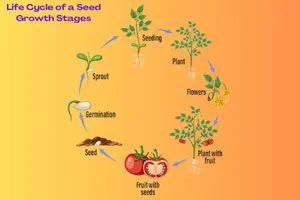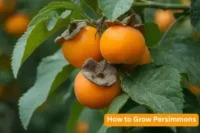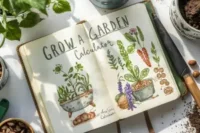What is a Seed Coat? Structure, Functions, and Importance
Published: 14 Oct 2025
Hello, Seed Seekers!
Did you ever wonder how a seed survives harsh weather, pests, or long periods of dormancy? The answer lies in its outer covering, the seed coat, which acts like a tough, protective shell. Just like an egg protects its yolk, the seed coat shields the embryo inside and stores the nutrients it needs to start growing when the time is right.
Sheila, a botanist with seven years of experience, is here to explain plant biology in simple terms. In this article, she’ll explain the seed coat, its structure, and why it’s so important for plant survival and growth.
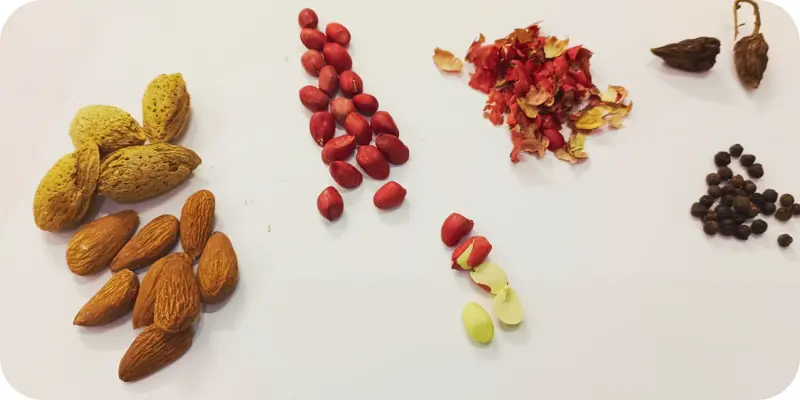
By the end of this article, you’ll know exactly what a seed coat is and its importance in plant growth. Keep reading to explore the mystery behind this amazing seed feature!
Don’t judge each day by the harvest you reap but by the seeds that you plant.Robert Louis Stevenson (Author)
What is a Seed Coat?
The seed coat safeguards the seed until germination occurs. Imagine it as the outer layer of a wrapped gift, guarding the precious contents inside until the moment is right to open. This layer, formed from the integuments of the ovule, comes in various thicknesses and textures, depending on the plant species.
In simpler terms, it’s like a safety net, carefully designed to protect the embryo inside from harm.
Importance of the Seed Coat in Plant Biology
The seed coat is more than just a protective barrier; it serves several vital functions that ensure the seed’s survival.
- It shields the seed from physical damage like a hard shell protects a nut.
- It also prevents desiccation or drying out, which could otherwise kill the seed.
- It acts as a defence against harmful pathogens and bacteria that might otherwise attack the vulnerable seed.
- Without the protection of the seed coat, a seed would be considerably more likely to be lost to these risks before maturing into a plant.
Structure of the Seed Coat
The seed coat isn’t just a simple outer layer; it has a well-organized structure made up of two main layers, each with a unique role in protecting the seed. These layers work together to provide strength and flexibility, ensuring the seed’s survival until germination.
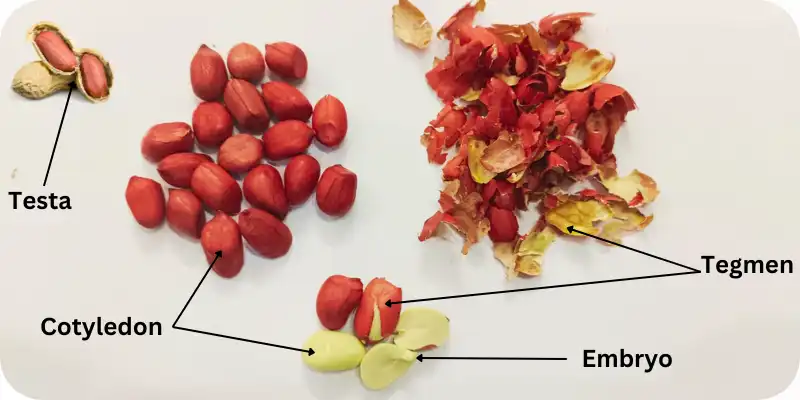
Let’s take a closer look at the layers of the seed coat and how they contribute to the seed’s protection.
Layers of the Seed Coat
The seed coat consists of two primary layers:
- The testa
- The tegmen
Think of them as layers of protection, like the outer shell of a nut and the softer skin beneath it. Together, these layers help the seed stay safe and healthy until it’s ready to sprout.
1. Testa-(Outer Layer)
The testa is the thickest layer of the seed coat.
Appearance:
The testa’s texture can vary depending on the plant species, from smooth to rough or even bumpy.
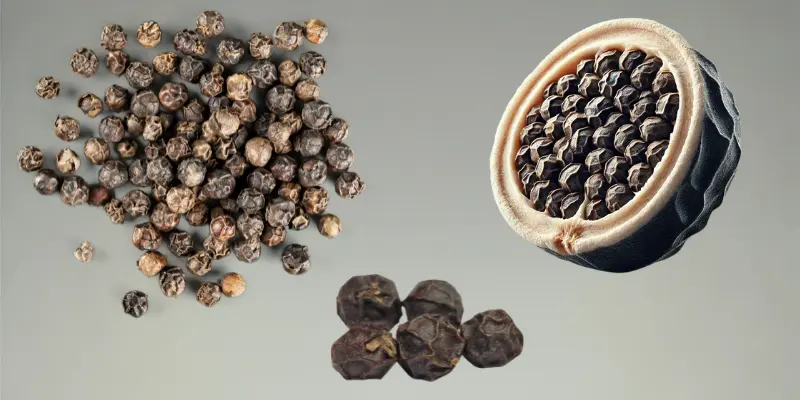
Role of Testa
- It functions as the first line of defence against physical damage, pathogens, and environmental stress, much like a strong, tough outer shell.
- Its thickness and hardness help keep the seed safe during its dormancy period, preventing harmful conditions from reaching the seed inside.
A seed hidden in the heart of an apple is an orchard invisible. 🍎🌳Welsh Proverb
2. Tegmen-(Inner Layer)
The tegmen, the inner layer of the seed coat, is located beneath the testa.
Appearance:
This layer is typically thinner and softer than the testa, allowing it to be more flexible.
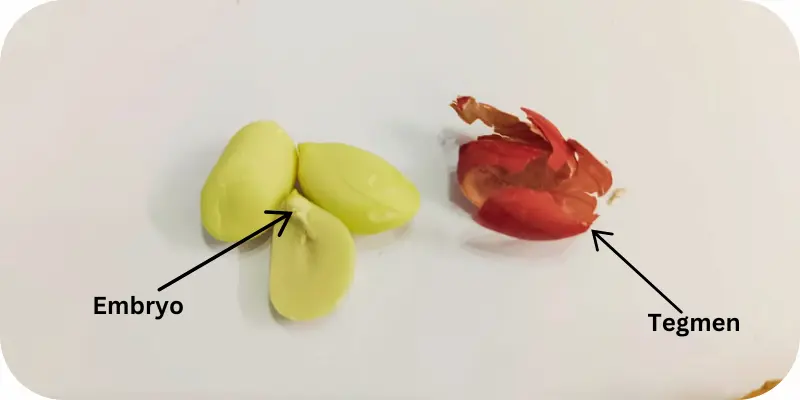
Role of Tegmen:
- While the testa offers tough protection, the tegmen helps the seed absorb water and oxygen during germination.
- It’s like the cushioned layer under the hard shell of a candy,offering gentle support without compromising the seed’s defence.
Variations in Seed Coat Structure
This table makes it easier to compare the seed coat variations between different plant groups. For example monocots, dicots and gymnosperms.
| Plant Group | Seed Coat Characteristics | Functions/Benefits |
| Monocots | Thin and papery seed coat. | Lighter allows for easier germination. |
| Dicots | Thicker, tougher Testa. | Provide extra protection for the seed. |
| Gymnosperms | Robust and woody seed coat. | Offer long-term protection, especially in harsh environments. |
What does the seed coat do?
The seed coat is much more than just a protective covering. It plays several critical roles in helping the seed survive harsh conditions and control the timing of germination. Think of it like well-designed packaging that ensures the contents inside remain safe and ready for the right moment.
Let’s break down these important functions and how they contribute to the seed’s ability to thrive.
| Function | Descriptions | Benefits |
| Physical Protection | Shields the embryo from mechanical injury, environmental threats, and pests. | Like a tough shell protecting fragile contents inside. |
| Regulation of Water Uptake | Controls moisture absorption, preventing premature germination. | It works like a slow-release system, ensuring germination only under ideal conditions. |
| Dormancy Induction | Prevents germination until favourable conditions (e.g., temperature, light) are met. | It acts like a “pause button”, ensuring the seed waits for the best time to grow. |
| Interaction with the Environment | Facilitates seed dispersal through adaptations like hooks or wings. | Similar to how seeds hitch a ride on animals or wind to travel to new places. |
Types of Seed Coats
- Seed coats vary in texture and hardness to suit the plant’s needs. Tough coats protect seeds like a fortress, while softer ones allow for quicker germination. It’s like comparing a strong knight to a fast sprinter—each excels in different conditions.
- As a botanist, I’ve seen how these differences affect survival, helping gardeners and scientists predict seed behavior and optimize growth through better planting and storage techniques.
Let’s explore the two main types of seed coats and how they affect the seed’s life. Each type has its unique role in ensuring the seed’s survival.
- Hard Seed Coats
- Soft Seed Coats
Let’s explore these types one by one.
1. Hard Seed Coats
Hard seed coats are thick and tough, acting as barriers to protect the seed from physical damage, pathogens, and even extreme environmental conditions.
Example
Beans, or lupins, often enter a period of dormancy.
Role in Seed Dormancy
This hard exterior prevents water and oxygen from entering, thus delaying germination until the environment is favorable.
Think of it like a well-locked safe; only when the right key (conditions) is used can the seed unlock and begin to grow.
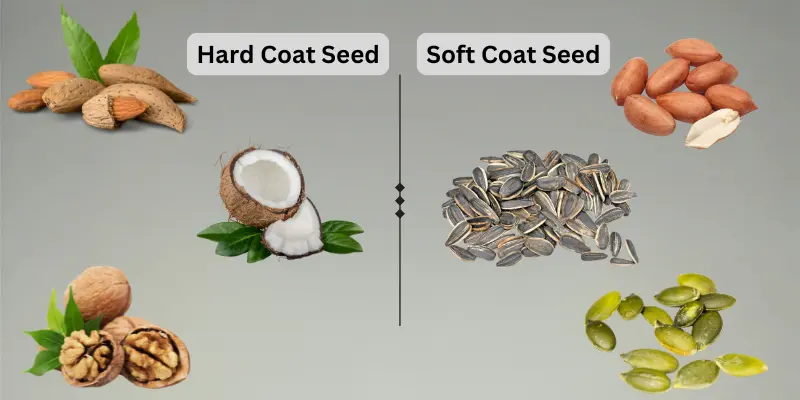
2. Soft Seed Coats
In contrast, soft seed coats are thinner and more permeable, allowing for quicker germination.
Examples
Seeds like tomatoes and lettuce have softer coats
Adaptation to Rapid Germination
- It allows moisture and gases to pass through more easily, making them well-suited for environments where rapid germination is beneficial.
- These seed coats act like sponges, quickly absorbing water, so when conditions are optimal, the seed can start growing right away.
Adaptations in Seed Coats in Different Plants
- Seed coats have evolved to protect and help seeds thrive in various environments. Tough coats, like those of legumes, delay germination until conditions are ideal, while lighter, fluffier coats, as seen in dandelions, help seeds disperse through the air.
- I’ve observed in my garden that tough-coated seeds take longer to sprout, demonstrating how these adaptations guarantee that seeds remain viable and find the ideal growing environment.
Let’s take a look at some fascinating adaptations in seed coats and how they contribute to the plant’s life cycle.
Legumes with Hard Coats
- Legumes, like beans and peas, often have hard, thick seed coats that help them survive tough conditions. These hard coats prevent water from entering the seed until it has passed through a period of dormancy.
- Think of the hard seed coat like a lock on a treasure chest, ensuring the seed remains safe and protected until the right conditions unlock its growth.
Dandelions with Fluffy Extensions for Wind Dispersal
- On the other hand, dandelions have adapted their seed coats to aid in wind dispersal. Their seeds are equipped with fluffy, parachute-like extensions called pappus that catch the wind and allow the seeds to travel long distances.
- It’s like having a natural kite that helps the seed float and spread far and wide, ensuring it finds new places to grow.
| Did you Know? |
|---|
|
Why is the Seed Coat Important for Gardeners and Botanists?
Understanding the structure and functions of the seed coat is vital for gardeners and botanists alike. This knowledge can significantly improve the way seeds are stored, prepared, and planted.
Let’s explore how an in-depth understanding of seed coats can make a difference in gardening and plant science.
Practical Applications of Understanding Seed Coats
- The seed coat has a vital function in how seeds are stored and germinate. By understanding its properties, gardeners and botanists can enhance their seed-saving techniques, optimize germination conditions, and even select the best seeds for breeding.
- It’s like having a guidebook for the seed’s needs, helping you maximize growth potential.
Seed Storage and Preservation
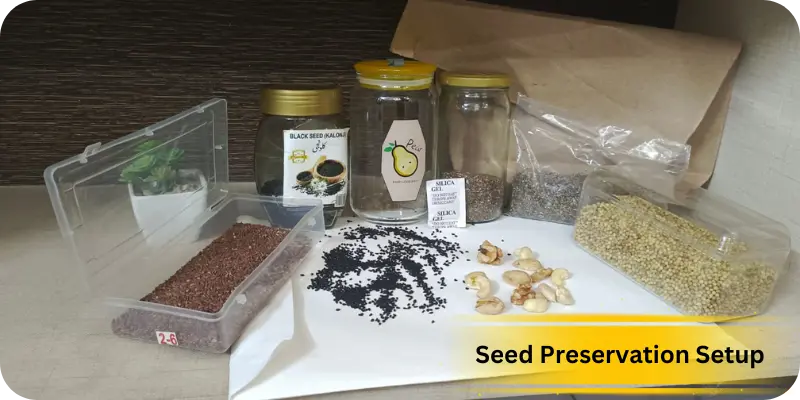
- Knowing how the seed coat works is essential for proper seed storage. Seeds with thick coats, like peas or beans, require dry, cool storage to maintain their dormancy and prevent premature germination.
- It’s like putting food in the fridge to keep it fresh until you’re ready to use it. Understanding these requirements can help gardeners save seeds for future planting seasons.
Germination Techniques
- The seed coat can influence how quickly or slowly a seed germinates. For seeds with hard coats, like lupins, gardeners often use scarification or soaking techniques to break down the tough outer layer and encourage faster germination.
- This is similar to softening a tough nut before cracking it open, making the process easier for the seed to sprout when conditions are right.
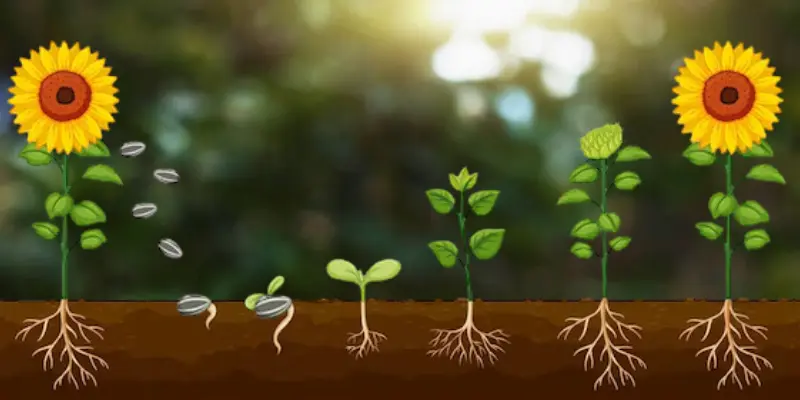
Plant Breeding
- Understanding the role of the seed coat in plant breeding is important. By selecting seeds with specific coat characteristics, botanists can breed plants that are more adapted to particular environments.
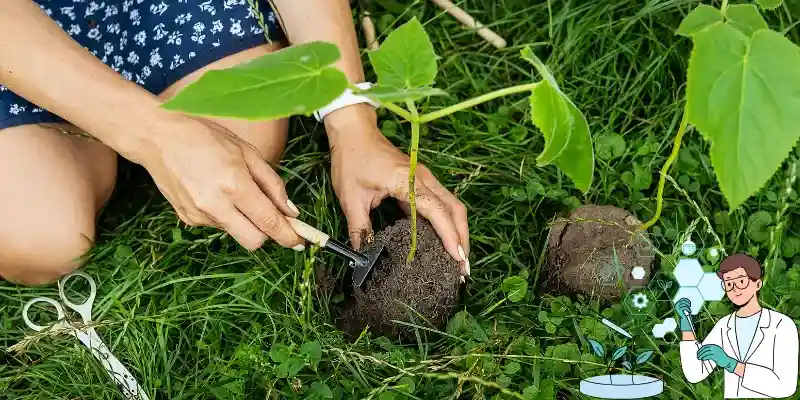
The creation of a thousand forests is in one acorn.🌳Ralph Waldo Emerson (Philosopher and Poet)
Final Verdict 🏁
So, guys, it’s time to wrap up. In this article, we’ve covered what a seed coat is in detail. From its various layers to its essential functions, the seed coat is truly a remarkable part of plant biology.
I highly recommend experimenting with different seed types in your garden and noticing how their seed coats influence growth.
If you found this information helpful, don’t forget to explore more of our articles and start applying your newfound knowledge to your gardening practices today! Happy gardening with learning!
Frequently Asked Questions
You can read the frequently asked questions for more details aboutthe seed coat:
A seed coat is the outer protective layer of a seed. It shields the seed’s embryo from damage, dehydration, and pathogens. Think of it as the “skin” of the seed that ensures it survives until it’s time to grow.
The seed coat controls when a seed can absorb water and begin the germination process. If the coat is too thick, it can delay germination until the right environmental conditions are met, preventing the seed from sprouting prematurely.
No, seed coats vary between plant species. Some seeds have thick, hard coats, while others are thin and soft. These differences help the seeds adapt to their environment and ensure survival.
Hard seed coats are thick and protect the seed from external factors, often causing dormancy. Soft seed coats are thinner and allow quicker water absorption, helping the seed germinate faster. Each type serves a different purpose depending on the plant’s needs.
Some seed coats have adaptations like wings, hooks, or fluff, which help the seed travel. For example, dandelion seeds are carried by the wind thanks to their fluffy coats. These adaptations allow seeds to spread to new areas and increase the plant’s chances of survival.
Tough seed coats, like those of lupins or beans, often require scarification or soaking to soften. This process helps break down the coat’s barrier, allowing water to enter and the seed to germinate. It’s like cracking open a tough nut to get to the good stuff inside.

- Be Respectful
- Stay Relevant
- Stay Positive
- True Feedback
- Encourage Discussion
- Avoid Spamming
- No Fake News
- Don't Copy-Paste
- No Personal Attacks

- Be Respectful
- Stay Relevant
- Stay Positive
- True Feedback
- Encourage Discussion
- Avoid Spamming
- No Fake News
- Don't Copy-Paste
- No Personal Attacks
